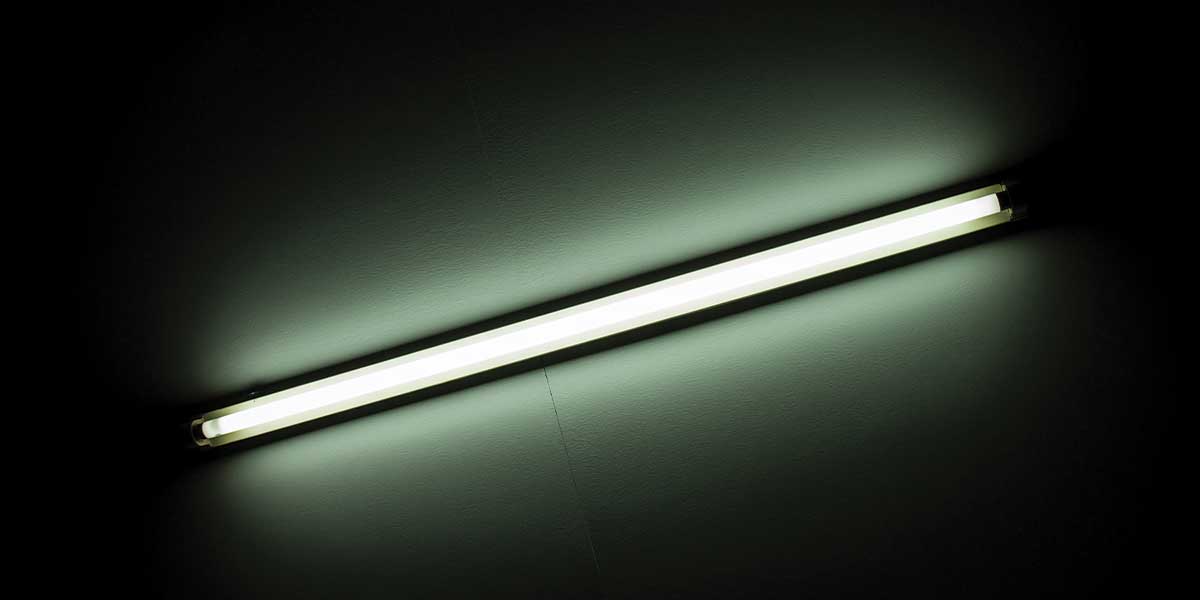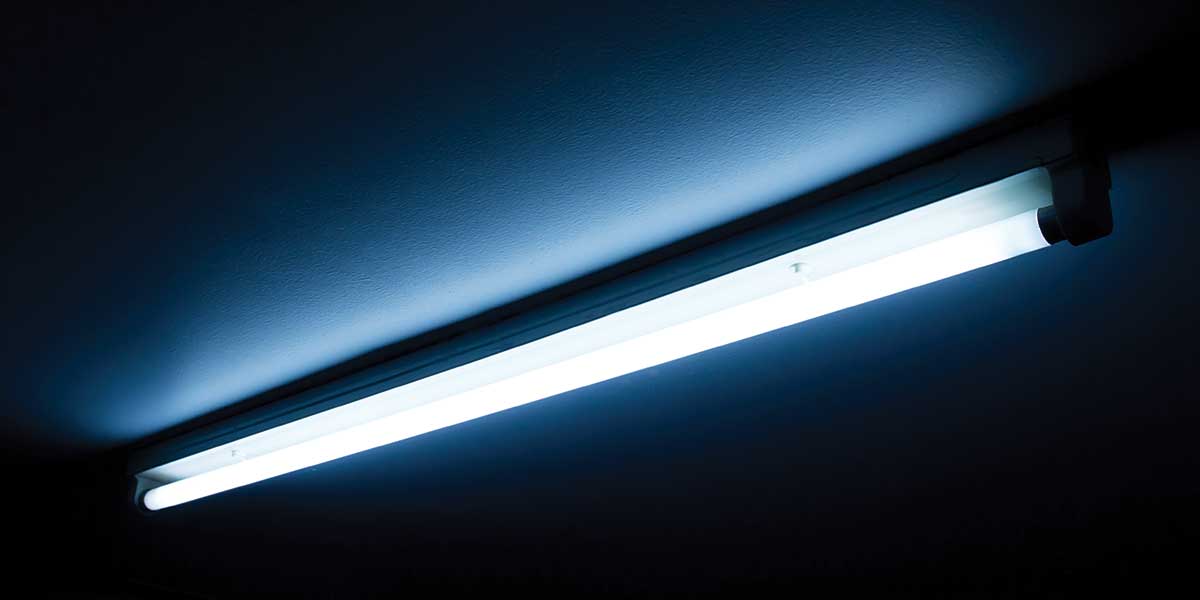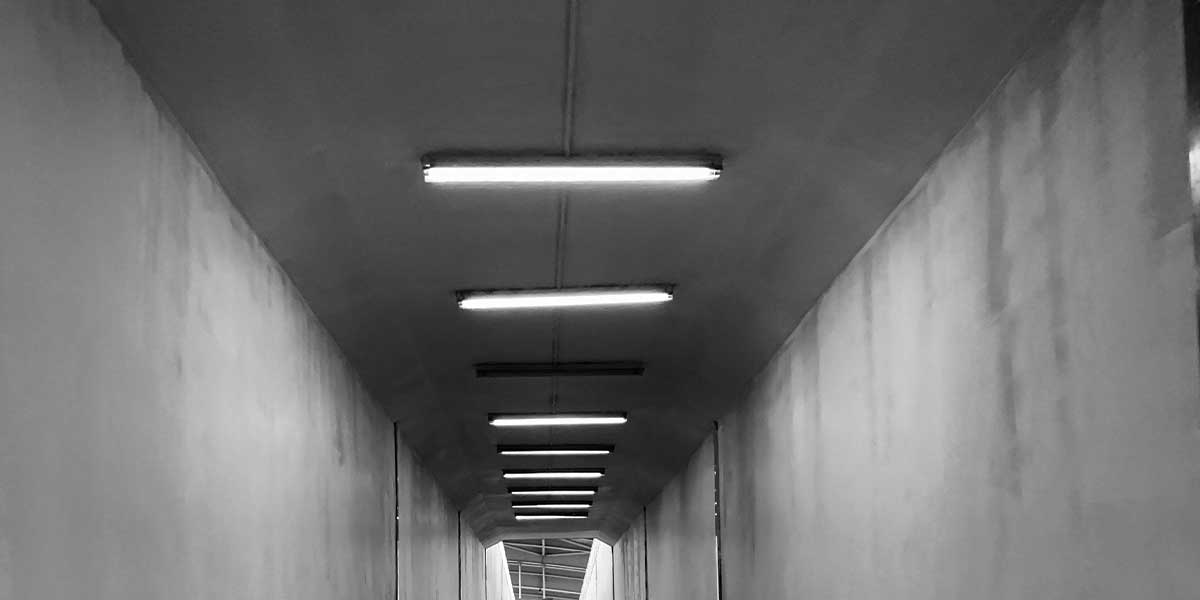Fluorescent lights have long been a popular choice for homes, offices, and commercial spaces thanks to their energy efficiency and ability to provide bright, long-lasting light. However, like any lighting system, they can develop issues over time. If you’ve ever been frustrated by flickering tubes, buzzing sounds, or a fixture that simply won’t turn on, you’re not alone.
At Expert Electric, we specialize in diagnosing and resolving lighting problems for residential and commercial clients across the Lower Mainland. In this guide, we’ll walk you through how to troubleshoot fluorescent lights effectively, discuss the most common issues, and share practical solutions to keep your space bright and safe.
Why Fluorescent Lights Fail
Before we dive into how to troubleshoot fluorescent lights, it’s important to understand why they fail. Unlike simple incandescent bulbs, fluorescent systems have multiple components that must work together seamlessly. Common culprits include:
-
Faulty tubes nearing the end of their lifespan.
-
Starters (in older fixtures) that fail to ignite the lamp.
-
Ballasts that regulate electrical current but can burn out.
-
Loose wiring or poor connections, leading to flickering or complete failure.
-
Environmental factors, such as cold temperatures, which can reduce performance.
Knowing the root cause is half the battle when it comes to effective troubleshooting.

Troubleshooting Flickering or Dead Fluorescent Light Fixtures
One of the most common complaints about fluorescent lights is flickering. This can be distracting in a home setting and downright disruptive in a workplace. When troubleshooting, start with the simplest solutions first.
Step 1: Check the Tubes
A worn-out or damaged tube is the most common problem. Look for these signs:
-
Blackened ends of the tube (indicating the bulb is near failure).
-
Flickering when turned on, followed by complete darkness.
-
Buzzing sounds, which often accompany failing tubes.
Try removing the suspect tube and installing it in a working fixture. If it fails there too, it’s time to replace it.
Step 2: Inspect the Starter
Older fluorescent fixtures often include a starter, a small cylindrical component that helps ignite the lamp. If your fixture has one, it may be the source of your troubles.
-
Look for a gray or silver metal cylinder near the base of the bulb.
-
If the light flickers but never fully turns on, replace the starter.
-
Starters are inexpensive and easy to swap, making this a quick fix.
Step 3: Test the Ballast
The ballast is essentially the heart of the fluorescent light, regulating current to ensure the bulb lights evenly. When the ballast goes bad:
-
Lights may flicker constantly.
-
Fixtures may make a low humming noise.
-
Tubes may light dimly or unevenly.
Replacing a ballast can be costly, and in some cases, it’s more economical to replace the entire fixture. An electrician can help you determine the best option.
Advanced Troubleshooting Tips
If the simple checks don’t solve the issue, here are more in-depth troubleshooting steps you can try:
-
Check wiring connections: Loose wires or corroded terminals can cause intermittent failures. Always turn off the breaker before inspecting.
-
Consider the environment: Fluorescent lights don’t perform well in very cold temperatures. In garages or outdoor areas, switch to cold-weather ballasts or LED alternatives.
-
Upgrade to electronic ballasts: Unlike older magnetic ballasts, electronic ballasts start instantly, reduce flicker, and are more energy efficient.

When to Call a Professional
While some issues, like replacing a tube or starter, are DIY-friendly, others require professional help. If you suspect wiring problems, ballast failure, or ongoing electrical issues, it’s safer (and often cheaper long term) to call an electrician.
At Expert Electric, we provide expert troubleshooting and repair services for fluorescent lights and other electrical systems. Our licensed electricians ensure your fixtures are safe, reliable, and efficient.
FAQs About Troubleshooting Fluorescent Lights
1. Why do my fluorescent lights flicker when turned on?
This usually happens when the tube or starter is failing. In some cases, the ballast may be at fault. Replacing the tube or starter is the best first step.
2. How long do fluorescent tubes last?
Typically, 7,000 to 15,000 hours, depending on usage and quality. Frequent on-off cycling shortens their lifespan.
3. Can a bad ballast be repaired?
Ballasts generally need to be replaced rather than repaired. An electrician can test the ballast and determine if replacement is necessary.
4. Are fluorescent lights safe to use?
Yes, but they contain a small amount of mercury, so burnt-out tubes must be disposed of properly. Recycling centers and municipal programs usually accept them.
5. Should I replace fluorescent lights with LEDs?
Yes, many homeowners and businesses are making the switch to LED lighting, which is more efficient, longer-lasting, and environmentally friendly.
Final Thought
Learning how to troubleshoot fluorescent lights can save you time, money, and frustration. From flickering tubes to faulty ballasts, most issues have straightforward solutions when handled correctly. Still, electrical work always carries some risk, which is why calling a professional is often the smartest choice.
At Expert Electric, we’re dedicated to helping homeowners and businesses keep their spaces safe and well-lit. Whether you need fluorescent light troubleshooting, fixture upgrades, or a complete electrical system inspection, we’re here to help.
Contact Expert Electric
Don’t let electrical issues dim your space, trust Expert Electric to brighten your home or business.
📞 Call Us: 604-681-8338
📧 Email Us: info@expertelectric.ca
Our friendly, knowledgeable team is ready to troubleshoot fluorescent lights and provide reliable, cost-effective electrical solutions tailored to your needs.


